Technology: Pedagogy
You may be a new teacher, even a veteran teacher, and you realize technology usage is not going away. However, you’re not quite sure how to use this tool in the classroom. Is it busy work? Should students be spending half the day on the device? What good does technology bring to my students? Is the technology a plan to reduce teachers in the profession?
Well, my friends, these are questions many educators are asking. One thing we realize is the shift in how to teach students. Another shift . . . how students learn. How does this technological influence impact pedagogy? Are you wondering if you are teaching with a traditional pedagogy? Or are you wondering if you have stepped into the 21st century pedagogy mindset? As we move into 2020, it is a great time to reflect upon our practices and see what we can do to provide the best learning environment for learners.
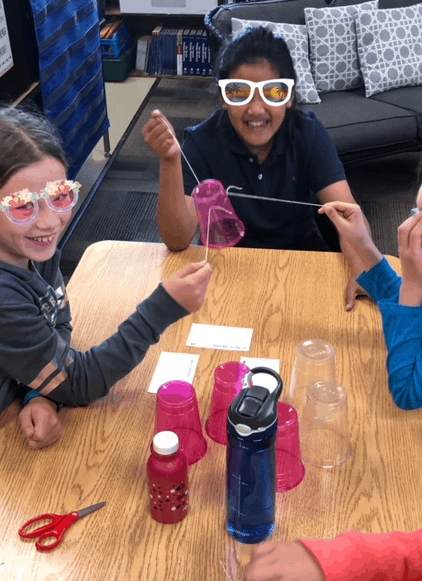
21st century skills.
The demands for teachers to provide more content in the same amount of time is very challenging. How are teachers able to meet the increasing demands? However, this may not provide the best learning opportunity for students. When educators and organizations provide learning opportunities, it is often easier to teach to the group, norm, or whatever should happen that may be easier. Students are engaged with working in groups and using technology, receiving and solving problems, and demonstrating learning differently.
Think on these reflective questions:
1. How do your students learn?
2. What excites them?
3. How do students engage in critical thinking?
4. What does your instruction look like? sound like?
5. Is your district implementing 21st century strategies?
6. Why are instructional changes necessary for today’s education to prosper?
After reflecting upon these questions, think about your own education. How was your education different from your parents? Grandparents? Has the change over time been good for students? One fact we know right now, technology has had a huge impact on civilizations and will continue to do so,
Once you’ve had a chance to consider the questions posed above, continue learning more about 21st Century Pedagogy. Howe does your pedagogy align?
Check out the chart below and reflect upon your instructional practices, philosophy, and attitude towards education.
This reflection will help you determine your pedagogical thinking.
Traditional Pedagogy vs. 21st Century Pedagogy
| Traditional Pedagogy | 21st Century Pedagogy |
| Seat time measures of educational attainment | Provide coursework via technology allows students flexible pacing (DiPietro, Ferdig, Black, & Preston, 2010) |
| Organize students into predetermined groups | Detracking students (LaPrade, 2011) |
| Structure separate academic disciplines | Provide multiple pathways for learning (Wilson, Stemp, & McGinty, 2011) |
| Organize learning into classes of roughly equal size with all the students in a particular class receiving the same content at the same pace. | Blended learning opportunities (Sethy, 2008) |
| Keep these groups in place all year (USDOE, 2010, p. xiv) | Multiage grouping (Torrance, 2012) |

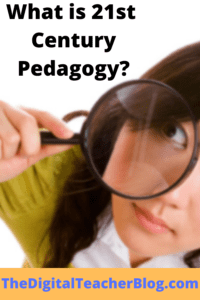

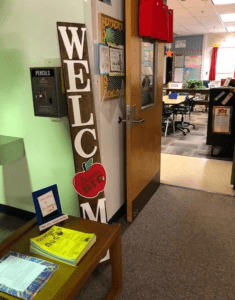
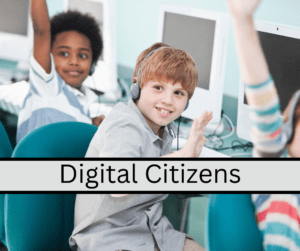
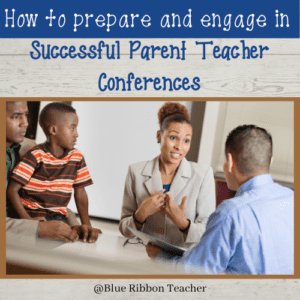
It’s always great when you see changes in schools that benefit the children and teachers.
Yes, I love that, too!!
This is a really interesting read! I have 3 young boys and they all learn, solve problems and think critically in different ways. I like to see educators, like yourself, embracing those differences. Thank you!
This is certainly where we are in education – crossroads! I just posted on my FB page 2020 trends. Check it out! It’s a great read!!
Interesting… My daughter’s school seems to be following the traditional method. I think the 21st-century approach I have seen at Montessori centers.
Education is at a transition. Check out the Trends in 2020 education article I posted on my FB page. It’s a great read!
As always…great tips! As teachers add different learning experiences, the kids benefit from change. It’s a win win. Great post.
Great points! I’ve always been a firm believer that everyone learns differently, and therefore need different forms of teaching.
That’s some great information for teachers. It can be difficult to know the best way for students to learn and not all kids are the same.
Thank you for sharing your take on this! It is amazing what a difference just caring about what you are teaching and how makes.
This was a very interesting read. I thought about my grandson’s teacher and she seems to fall somewhere in the middle.
We are certainly in a transition phase in education – about 8 years now. Check out the FB post about “Trends in 2020” related to education. It’s a great read!